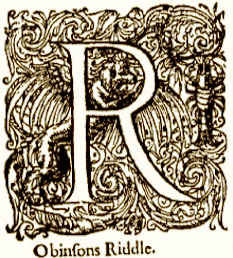The Osborn MS is a commonplace book containing 21 of (the very uncommon) pieces written in England for the Renaissance guitar. The music is pretty basic, consisting mainly of strums and twiddly bits, and shows how the instrument was played by non-expert musicians. In France and Spain and some English circles it appears to have had a more elite existence, and treated like a small lute.
 |
| The spine |
I originally posted about the MS here: https://renaissance-ukukele.blogspot.com/2019/09/english-renaissance-guitar-music-from.html, where I chose what seemed to be the "best" pieces for transcription. You can find more details, including references, there, – I won't repeat them here.
Now, for the sake of completeness, I have posted arrangements of all 21 pieces, which you can find as pdf files here:
https://drive.google.com/drive/folders/1tbs83XVtG0O7RG-bWw_TmGyMRDRPL4x0?usp=sharing.
Just download what you want – no charge!
The name of each file consists of "ßOsborn" + W no. + brief title, where W no. is the serial number in the transcriptions by Ward (1983) Sprightly & cheerful music, Pub. The Lute Society.
My earlier transcriptions were made from facsimilies of the original MS, or from Page (2017); later ones were made after Ward. I have cross checked all the sources for my versions. They were made over several years, so the presentation varies slightly.
If you have any problems, please let me know via the message widget in the right-hand column.
Happy strumming!














